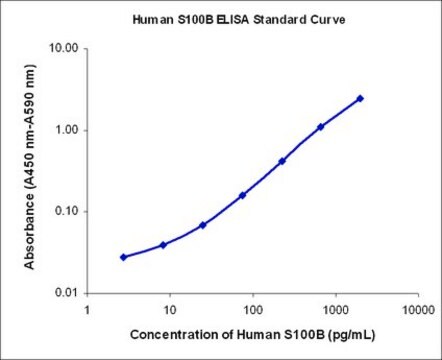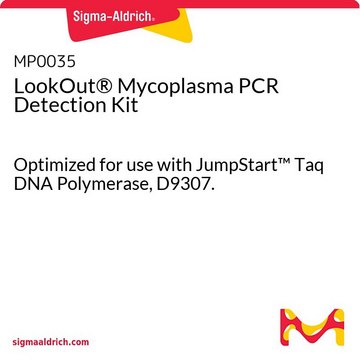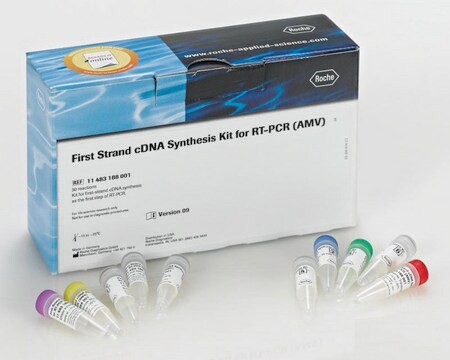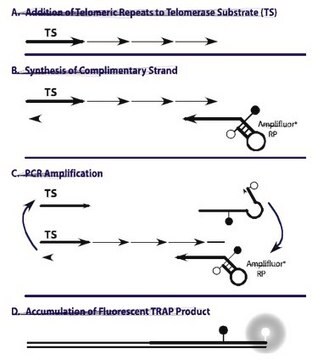NS170
Multi Species Phosphorylated Neurofilament ELISA Kit
measures and quantifies pNF-H levels in serum or plasma
Synonym(s):
200 kDa neurofilament protein, Phosphorylated Neurofilament heavy polypeptide, pNF-H
About This Item
Recommended Products
Product Name
Phosphorylated Neurofilament (pNF-H) Sandwich ELISA Kit, The Phosphorylated Neurofilament H (pNF-H) kit is a sandwich enzyme immunoassay (EIA), which measures pNF-H.
Quality Level
species reactivity
pig, feline, rat, human, bovine, mouse
manufacturer/tradename
Chemicon®
assay range
sensitivity: 0.0293-15 ng/mL
(Range of Detection)
sensitivity: 0.0585 ng/mL
technique(s)
ELISA: suitable
NCBI accession no.
UniProt accession no.
application(s)
research use
detection method
colorimetric
shipped in
dry ice
Application
Neuroscience
Packaging
Components
Rabbit anti- pNF-H Polyclonal Antibody: (Part No. 2006919). One vial (100 μL) of rabbit anti- pNF-H polyclonal antibody.
Goat anti-Rabbit, Alkaline Phosphatase Conjugated Antibody: (Part No. 2006917). One vial (10 μL) of goat anti-rabbit alkaline phosphatase conjugate.
Bovine pNF-H Standard: (Part No. 2006918). One vial (5.0 ng) of bovine pNF-H standard.
20X TBS: (Part No. 2004913). One bottle (50 mL) of 20X TBS.
20% Tween® 20: (Part No. 2004915). One vial (3 mL) of 20% Tween-20.
Elisa Assay Diluent: (Part No. 2006921) One bottle (30 mL) of Elisa assay diluent containg 0.05% Kathon as a preservative, provided in a ready to use format.
pNPP Buffer: (Part No. 2006261). One bottle (12 mL) of pNPP buffer for use with 50X p-NPP, provided in a ready to use format.
50X pNPP: (Part No. 2006262). One vial (250 μL) of 50X pNPP (p-nitrophenyl phosphatase) alkaline phosphatase substrate.
Plate Covers - Two Plate Covers.
Storage and Stability
1. Wash Buffer - After dilution maintain the Wash Solution at 2°-8°C for up to one month or until expiration date.
2. Tween® 20 - Store at room temperature upon receipt of kit.
3. Elisa Assay Buffer - Aliquot as required to avoid repeated freeze-thaw cycles. After thawing, maintain the Elisa Assay Buffer at 2°-8°C for up to one month, or until expiration date.
4. Immunoplate Pre-coated with Chicken anti- pNF-H Polyclonal Antibody - Unused strip wells may be returned to the foil pouch and stored at 2°-8°C for up to one month, or until expiration date.
Legal Information
Disclaimer
signalword
Danger
hcodes
Hazard Classifications
Eye Dam. 1 - Repr. 2 - Skin Irrit. 2 - STOT RE 2 Oral
target_organs
Kidney,Liver,Blood
Storage Class
10 - Combustible liquids
Certificates of Analysis (COA)
Search for Certificates of Analysis (COA) by entering the products Lot/Batch Number. Lot and Batch Numbers can be found on a product’s label following the words ‘Lot’ or ‘Batch’.
Already Own This Product?
Find documentation for the products that you have recently purchased in the Document Library.
Our team of scientists has experience in all areas of research including Life Science, Material Science, Chemical Synthesis, Chromatography, Analytical and many others.
Contact Technical Service










